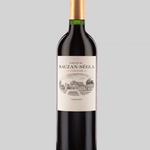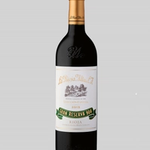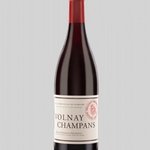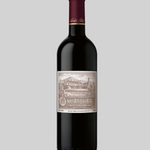
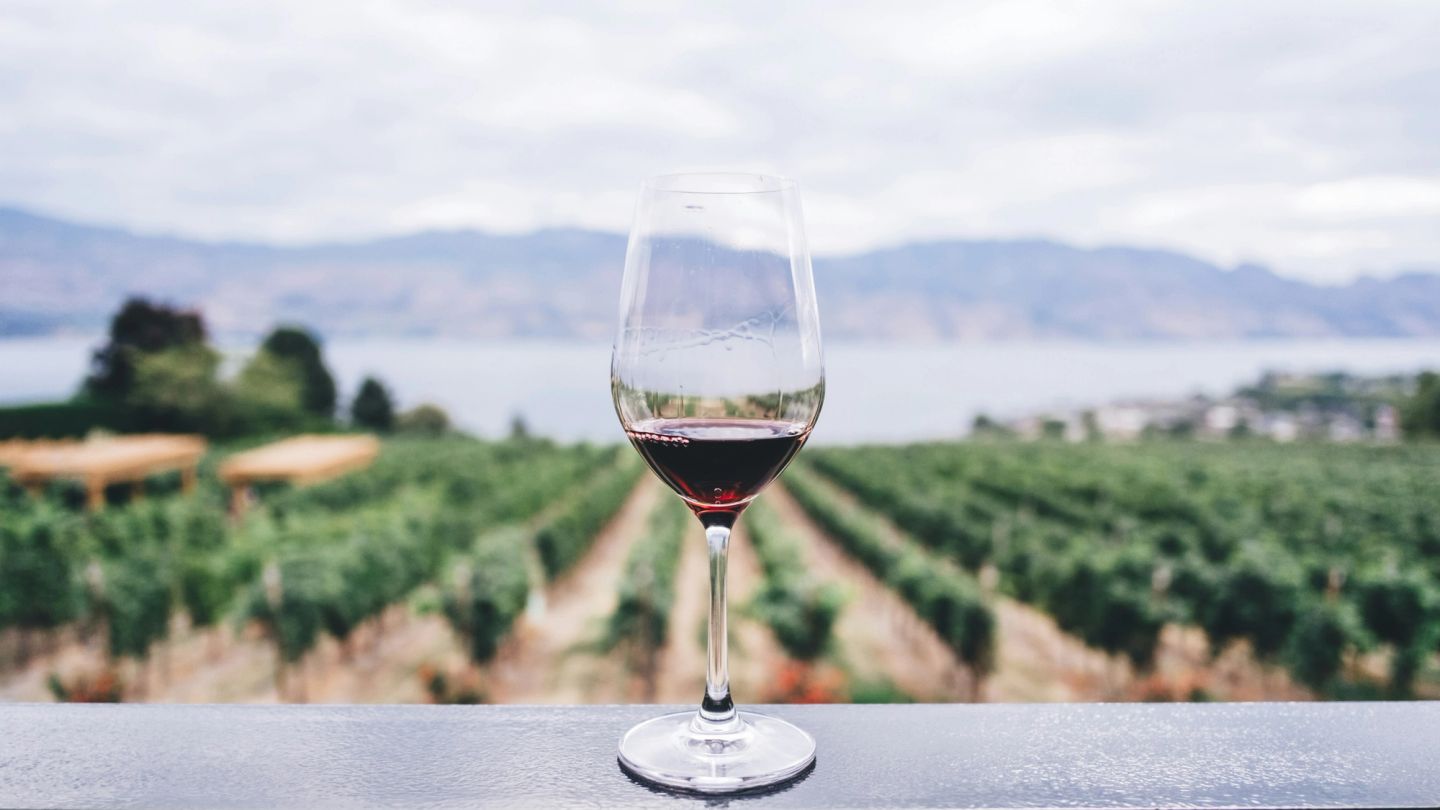
The secret of ageing: Vintages that grow old gracefully
Discover the age-worthy wines that are best enjoyed after years or even decades spent in the bottle
Words: Guy Woodward
Wine lovers like to talk of their Damascene moment – the moment when they knew that, for them, wine was more than just a drink. Often a particular bottle flicks the switch. A Burgundy or Bordeaux so entrancing as to kickstart a lifelong obsession. For me, it was more of an ambition. An aspiration. Some might even say pretension.
I bought a wine secure in the knowledge that I wasn’t going to drink it that night. No, I was going to ‘lay it down’. I had no idea where I was going to lay it down, let alone what might happen to it when I did, but I knew I wanted some wine squirrelled away in the house that I could go and reach for – if not from a cellar, from a ‘collection’ (kept under the bed, in fact) – to show off at dinner parties. Wine that I had been carefully ‘maturing’ until it reached its apogee. And how mature that made me feel…
I remember having a policy of buying any wine I came across that was over five years old, on the basis that it was already well on the way to maturity and would look good in my ‘collection’. Of course, when that wine is a Beaujolais Villages intended to be drunk in the first flush of youth, there’s a reason it’s still languishing on the shelf at half price. Not that this bothered me.
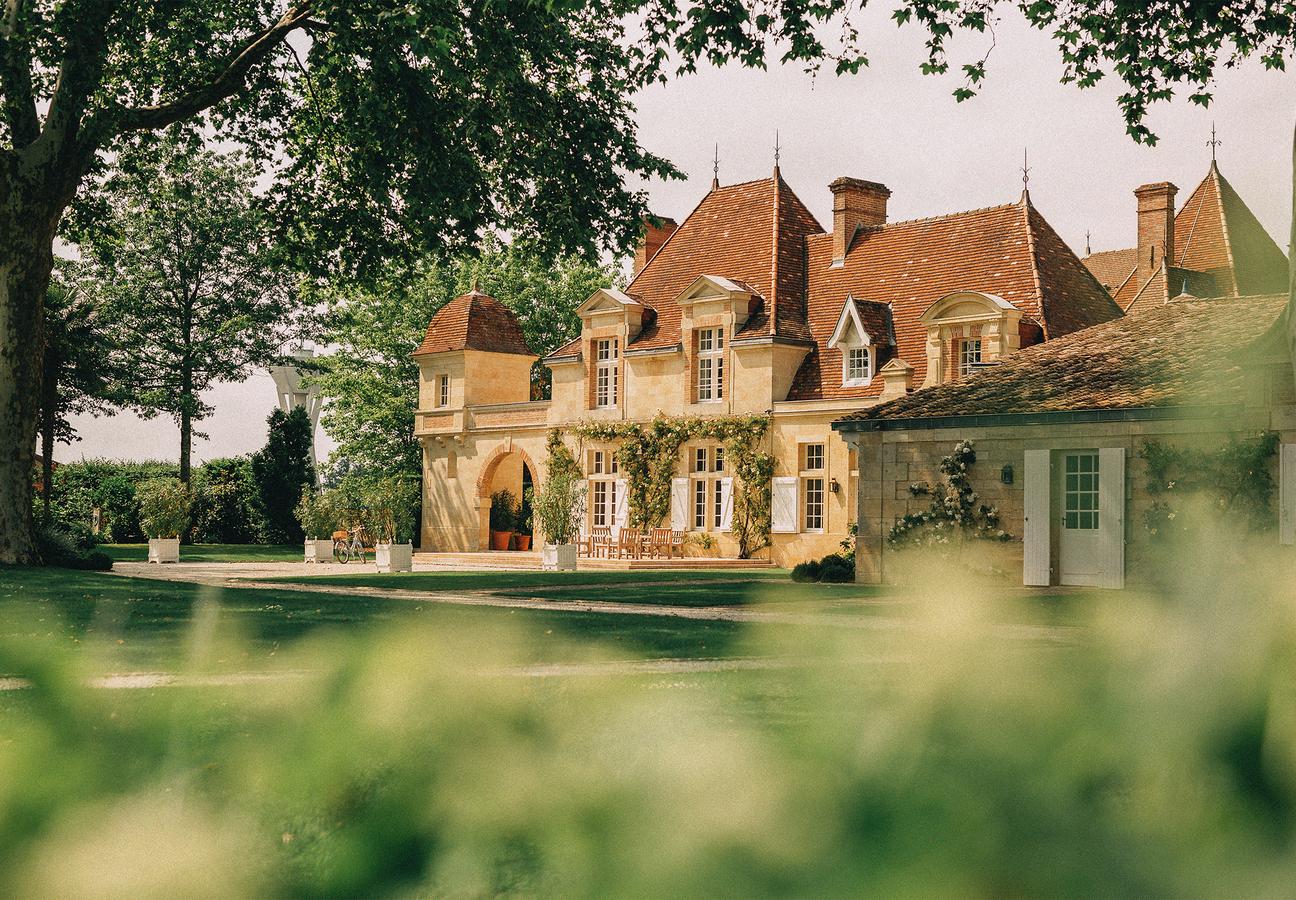
The history of Château Rauzan-Ségla dates back to 1661
That was 20 years ago, and I’d like to think my approach has become rather more refined – the storage under the bed has been upgraded to the (chilly) downstairs utility room and a dedicated wine fridge, and the wines themselves are somewhat more fit for purpose too. Maybe in another 20 years I’ll have an actual cellar, full of 1982 Bordeaux-classed growths. In the meantime, I’m the proud custodian of miscellaneous bottles and cases that, like their owner’s tastes, are improving with age.
It is this goal, rather than mere vanity, that is the core rationale for ageing wine. While plenty of wines are best drunk fresh and young, a surprising number will benefit from time in bottle – even if only a few years. Some can last decades. Knowing which is which is the key.
Many red wines that are big and bolshy as babies – think Bordeaux, California cabernet, Barossa shiraz – become smoother and more complex as they throw off their puppy fat tannins and the awkwardness of youth. Others, like red Burgundy, Barolo or Brunello, develop wonderfully beguiling flavours, moving away from their simple, primary fruit to more savoury notes and even so-called tertiary, earthy flavours. Just like people, they become more rounded, more balanced, and generally have more to say for themselves.

In Château Rauzan-Ségla's spectacular cellars, the wine is aged in French oak barrels
To take Bordeaux, arguably the most classic example of a wine to lay down, the most vaunted examples will be almost impenetrable on first release. Stacked full of tannin, alcohol, acidity, oak and young fruit, they are impressive in concentration but not particularly pleasurable to drink. Give them a few years, however, and those ingredients will have mellowed and melted into each other to form a harmonious whole. Give it a few more, and they will have developed a gamut of flavours that few other wines can match.
So what makes a wine viable for ageing? Power and structure, often harnessed by tannins, for sure, but these are not the sole necessities. Many blockbuster wines from the likes of Napa Valley and particularly hot years in Bordeaux (2003, 2009) that were initially lauded by the critics have proven a busted flush (the importance of vintages in such regions cannot be overstated). Why? Because they lack the one thing that is integral to all wines built to age – acidity.
Red wines from Burgundy, Piedmont, Rioja and the Rhône Valley tend to be less bombastic in their youth, but are still capable of prodigious ageing that reveals initially hidden layers. What you have to consider with such wines is whether or not you actually like the savoury, earthy, tertiary flavours that develop. A 20-year-old pinot noir from Gevrey-Chambertin will be a different, more brooding beast than its counterpart from Tasmania – and much more expensive too.
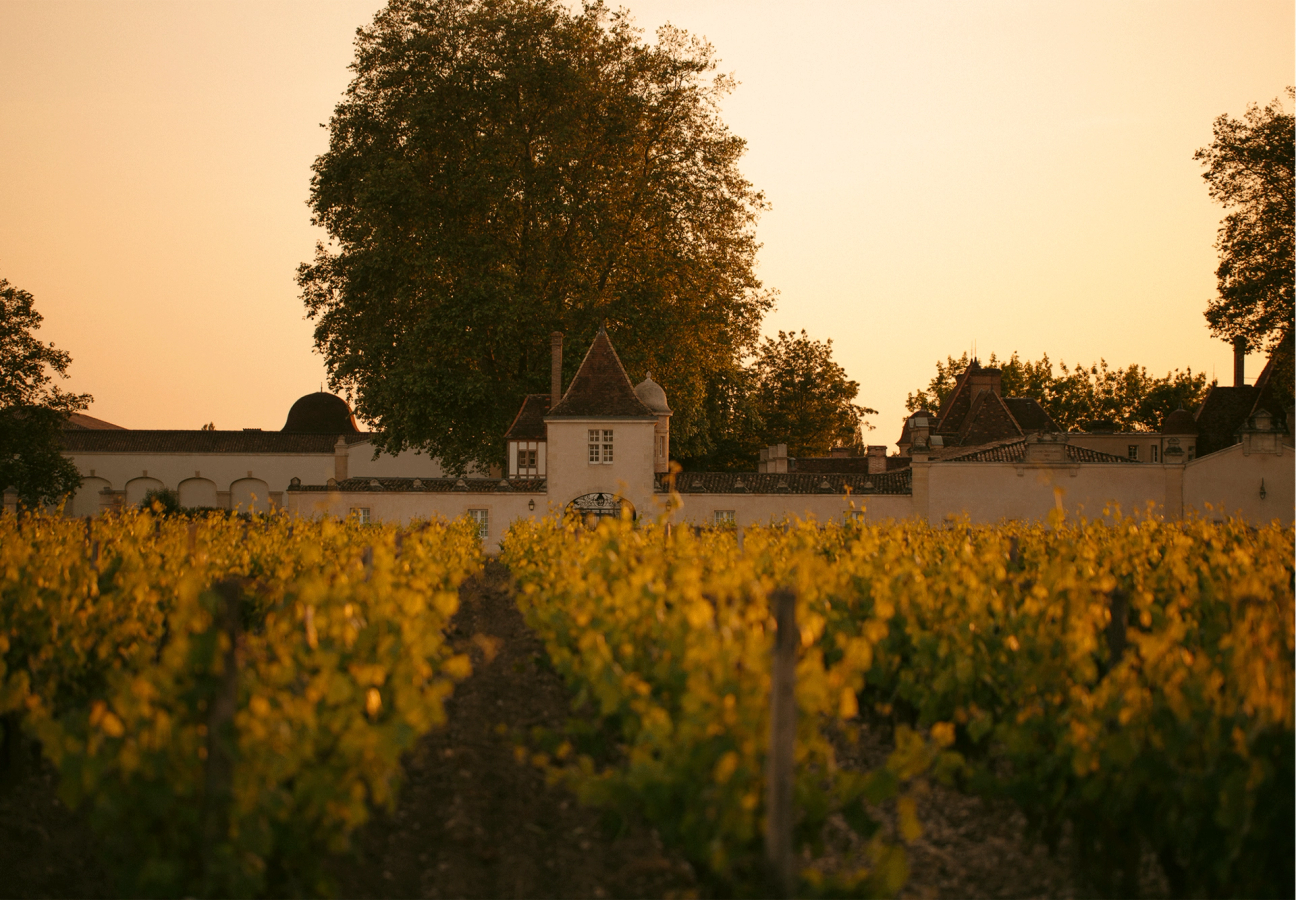
The renowned 51-hectare Château Rauzan-Ségla is located in Margaux
There are fewer age worthy white wines, but certain grape varieties do benefit from cellar time. As with reds, high acidity is key – riesling being the classic example, moving from bright citrus fruit to a honeyed, oily toastiness. White Burgundy is notoriously tricky to predict, though the best develop a wonderfully rich nuttiness. White Bordeaux (a blend of sémillon and sauvignon blanc) and sémillon from Australia’s Hunter Valley can also evolve from a waxy veneer to deeper, marmalade-infused tones.
Few wines, though, reward patience as much as Champagne (and, increasingly, the best English sparkling wines). Given time, that zingy, zesty signature of young fizz fills out to a smooth, creamy, nutty, biscuity, brioche-infused gorgeousness that is simply impossible to replicate in a young wine.
Where you store your wine is more important than any stylistic consideration – what you’re after is a dark, cool place that isn’t prone to extreme temperature fluctuations. One last thing: it often makes sense to buy fine wines in cases of six (or 12). Not only is there a certain romance to purchasing a case but that way, you can open a bottle every so often to monitor the wine’s evolution, and learn along the way. Because ultimately, the ageing of fine wine is not an exact science – and that’s half the fun.
Moss Wood
CABERNET SAUVIGNON Margaret River, 2018
The best Australian cabernet – particularly those from the maritime climate of Margaret River – invariably develop characteristics that bear comparison with the best of Bordeaux. Moss Wood was a pioneer in the region and has remained true to its traditional approach, yielding wines of depth and class.
Château Rauzan-Ségla
MARGAUX 2015
Bordeaux remains the benchmark of cellar-worthy wine, though its oblique en primeur system doesn’t make buying its wines on release particularly attractive. Older vintages (with duty paid) can offer surprising value – and none more so than this classic claret on the cusp of adulthood but with many years ahead, from the same stable as Chanel.
La Rioja Alta
GRAN RESERVA 904 SELECCIÓN ESPECIAL, 2015
Producers of the best Gran Reservas from Rioja do half the work for you, ageing the wine for five years – and sometimes more – before release, by which time it has already accumulated the signature toasty vanilla tones that demand a leatherback armchair and roaring fire. Give it a few more years and this will be sublime.
Marquis D’Angerville
1ER CRU VOLNAY CHAMPANS, 2018
Producers of the best Gran Reservas from Rioja do half the work for you, ageing the wine for five years – and sometimes more – before release, by which time it has already accumulated the signature toasty vanilla tones that demand a leatherback armchair and roaring fire. Give it a few more years and this will be sublime.
Santa Rita Casa Real
Maipo Valle, Chile, 2018
Few Chilean wines have played such a pivotal role in setting the benchmark for the country over the past three decades. It marries concentration with elegance in the classic formula of age worthy cabernet – bright black-cherry attack; silky, firm structure; all encased in lingering tannins that carry through to a long, persistent finish.
This feature was taken from our Spring 2024 issue. Read more about it here.
Finesse your restaurant etiquette with our guide to communicating with a sommelier...

